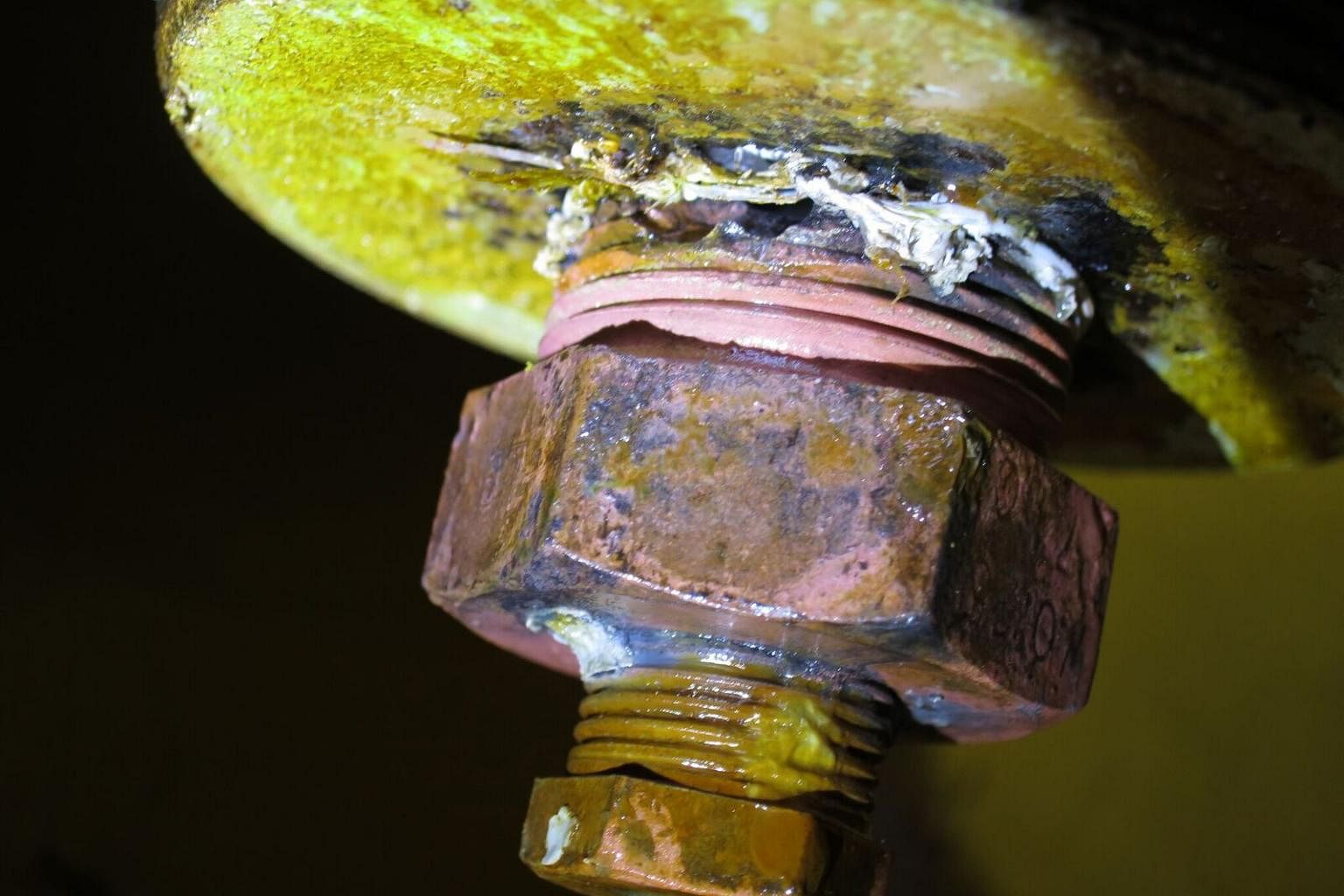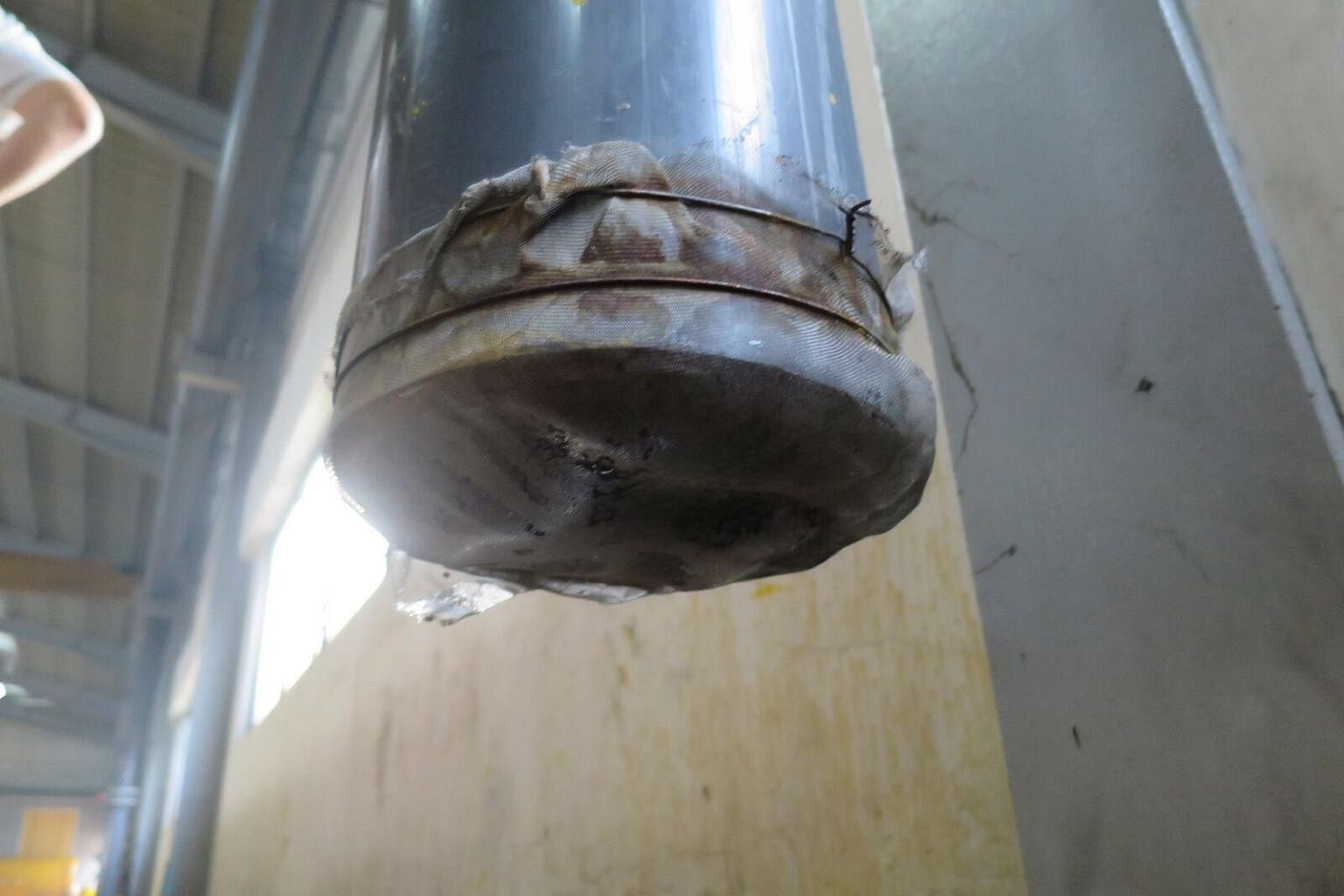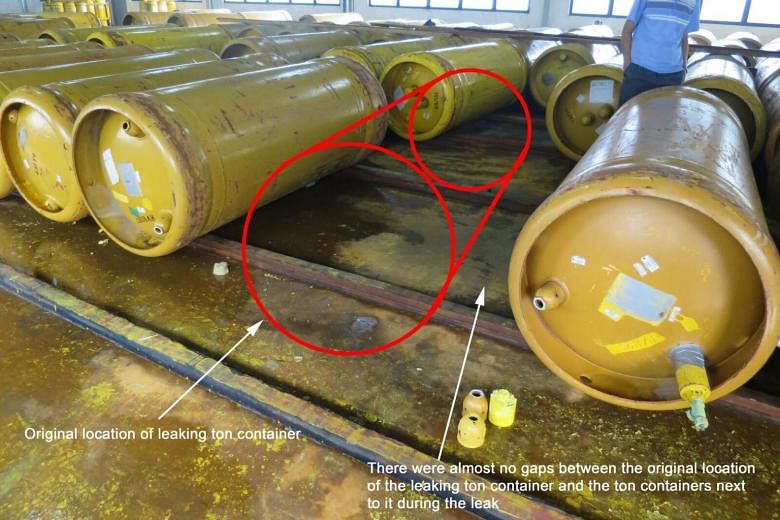SINGAPORE - A company was fined $200,000 for a chlorine leak incident on Sept 4, 2016, in which seven people had to be taken to hospital.
In a statement on Monday (Sept 24), the Ministry of Manpower (MOM) said that Chemical Industries (Far East) Limited had pleaded guilty to a charge under the Workplace Safety and Health Act for failing to take reasonable measures to ensure the safety and health of the people involved.
The incident involved a chlorine leak in a one-tonne cylinder stored in Chemical Industries' Jalan Samulun chlorine storage facility in the Tuas area.
The leak triggered an alarm from one of the facility's chlorine detectors, and a worker activated the chlorine gas emergency scrubber and exhaust system.
Two workers then donned personal protective equipment and attempted to stop the leak but were unsuccessful.
Chemical Industries then called the Singapore Civil Defence Force (SCDF) for help at around 9.20am.
Three fire engines, four hazardous materials appliances, three ambulances and two support vehicles were dispatched to the scene.
A specialist team plugged the source of the leak, while another team used three water jets to dilute the chlorine vapour in the air.
Operations ended at noon on the same day.
SBS Transit diverted bus service 249 for about 1½ hours because of the chemical leak, and workers in the area were also evacuated.
Two SCDF officers and five members of the public outside the workplace were momentarily exposed to the leaked chlorine gas, which is corrosive.
They experienced problems ranging from eye irritation to difficulties in breathing, and were taken to Ng Teng Fong General Hospital before being discharged on the same day.
Investigations revealed that the company had failed to maintain the integrity of the fusible plug of the container - called a tonne container - in which the chlorine was stored. The plug was found to be severely corroded.

A fusible plug is a fitting fastened onto the container to relieve the internal pressure inside the container in the event of an external fire.
The company did not conduct any inspection of the fusible plugs during the external inspection of the tonne containers prior to each filling, which would have revealed that the plug had corrosion damage.
This resulted in the leak.
MOM said that the company also failed to establish and implement a detailed and effective emergency response plan. Chemical Industries' emergency response plan for a chlorine leak scenario assumed that the chlorine would leak slowly as a gas instead of a liquid under pressure.
It did not, however, have a documented emergency response for a liquid chlorine leak.
MOM added that, on the day of the leak, the tonne container should have been rolled over to position the leaking fusible plug to its topmost position, which would have converted the liquid leak to a gas leak.
This action would have reduced the rate of the chlorine leaking out of the corroded connection significantly, allowing emergency responders to approach the tonne container and seal the corroded connection to prevent further leaks.
However, when the incident occurred, the worker who responded to the situation was unable to do this as the leaking container was stored between many other tonne containers with no gaps to manoeuvre it properly.
Furthermore, Chemical Industries neither installed its emergency scrubber and exhaust system according to design, nor maintained a safe air change rate in its workplace.
Investigations found that some of the 12 suction pipes located inside the storage facility, intended to extract air from the warehouse, were covered with mesh filters.

No calculations were conducted to verify that these filters would not reduce the rate of flow of air into the emergency scrubber and exhaust system.
Measurements of the air flow rate from the suction were also not done to verify the efficiency of the exhaust system.
Investigations found that the rate at which the contaminated air was extracted did not meet general ventilation standards.
MOM's major hazards department director Go Heng Huat said: "The multiple safety breaches showed a clear disregard of the hazards at the workplace and had posed a safety risk to the public. The MOM will not hesitate to prosecute companies that flout safety regulations."


